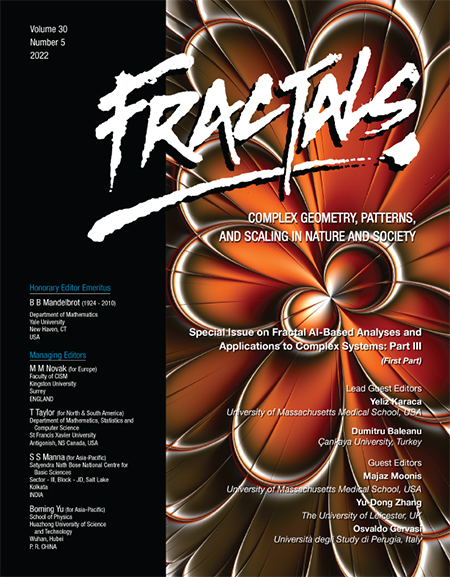EXPLAINABILITY OF NEURAL NETWORK CLUSTERING IN INTERPRETING THE COVID-19 EMERGENCY DATA
Abstract
Among other hospitalization causes and cases, the clinical emergency is a critical case and the data of the reporting patients are biased as well as poorly managed due to the chaotic situation. The world has faced chaos over the past year due to the frequent waves of COVID-19 and the resulting emergencies. The data banks, linked with the clinical emergencies require serious quantitative and qualitative analysis to drive interpretable conclusions for necessary future emergency measures and to develop explainable artificial intelligence tools. This important procedure involves the clear understanding of the data patterns and topologies, which is a great challenge for the multidimensional data sets. Mathematically, the topological mapping can resolve this problem by mapping higher-dimensional data to two-dimensional representation, based on the overall association. Proper data mining and pattern recognition can help in improving the rapid patients admission, in providing the medical resources timely and in proper patient administration. In this paper, the importance of self-organizing maps, to interpret the hospital data, particularly for the COVID-19 epidemic is discussed in detail. Important variables are identified with the aid of networks and mappings.


